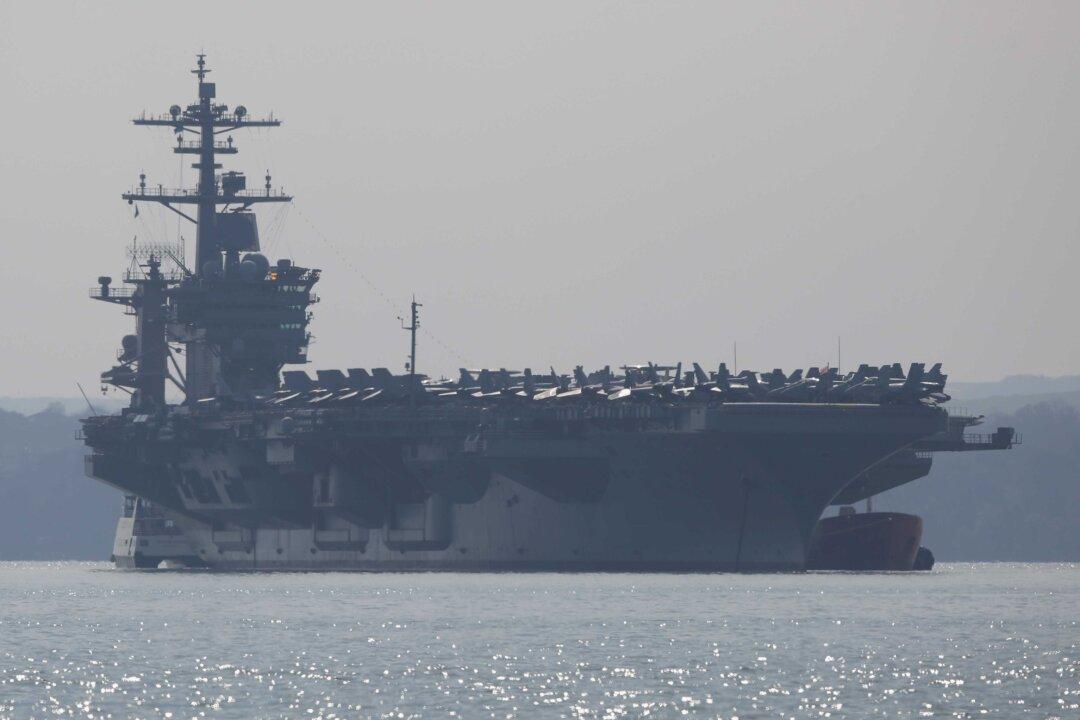The sailor from the virus-hit carrier who died of COVID-19 had been identified by the Navy as a 41-year-old officer.
Chief Petty Officer Charles Robert Thacker Jr. was the first active-duty member of the armed services to die from the CCP virus, which he contracted aboard the USS Theodore Roosevelt.





